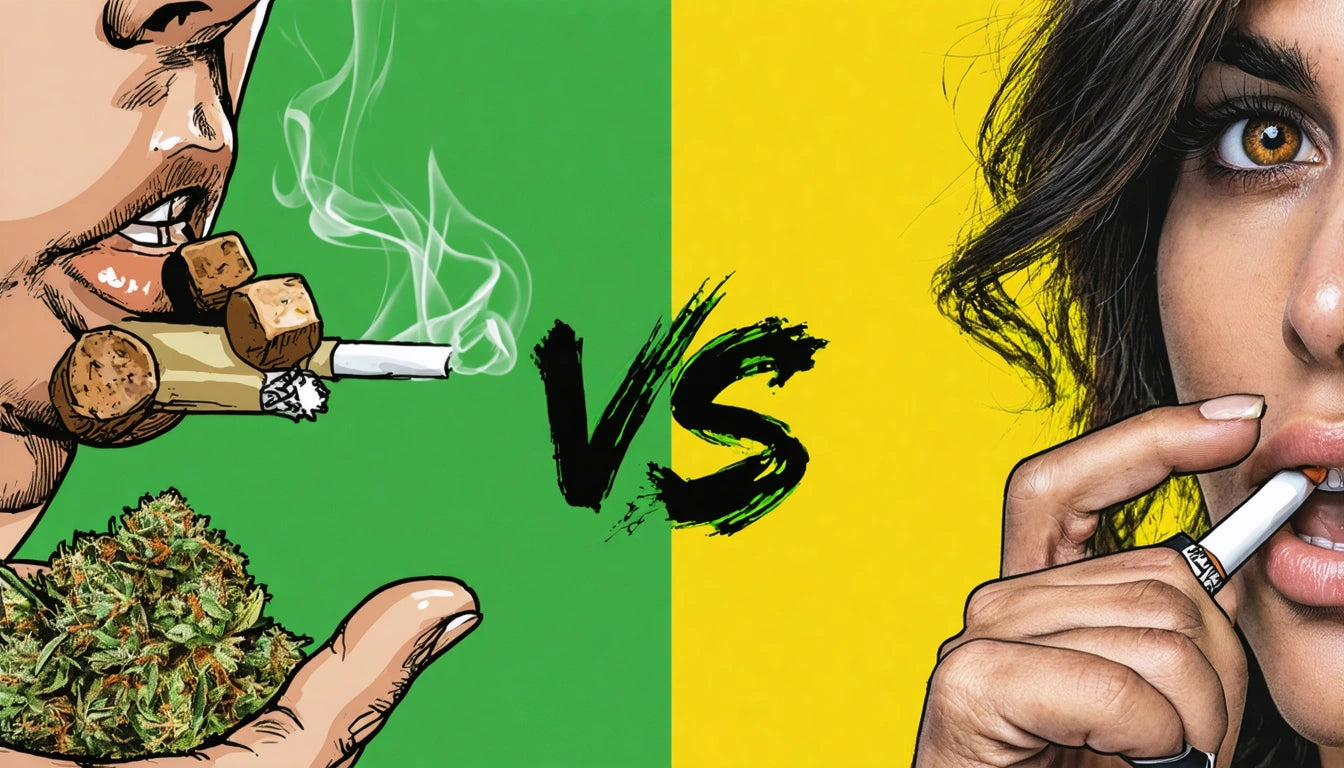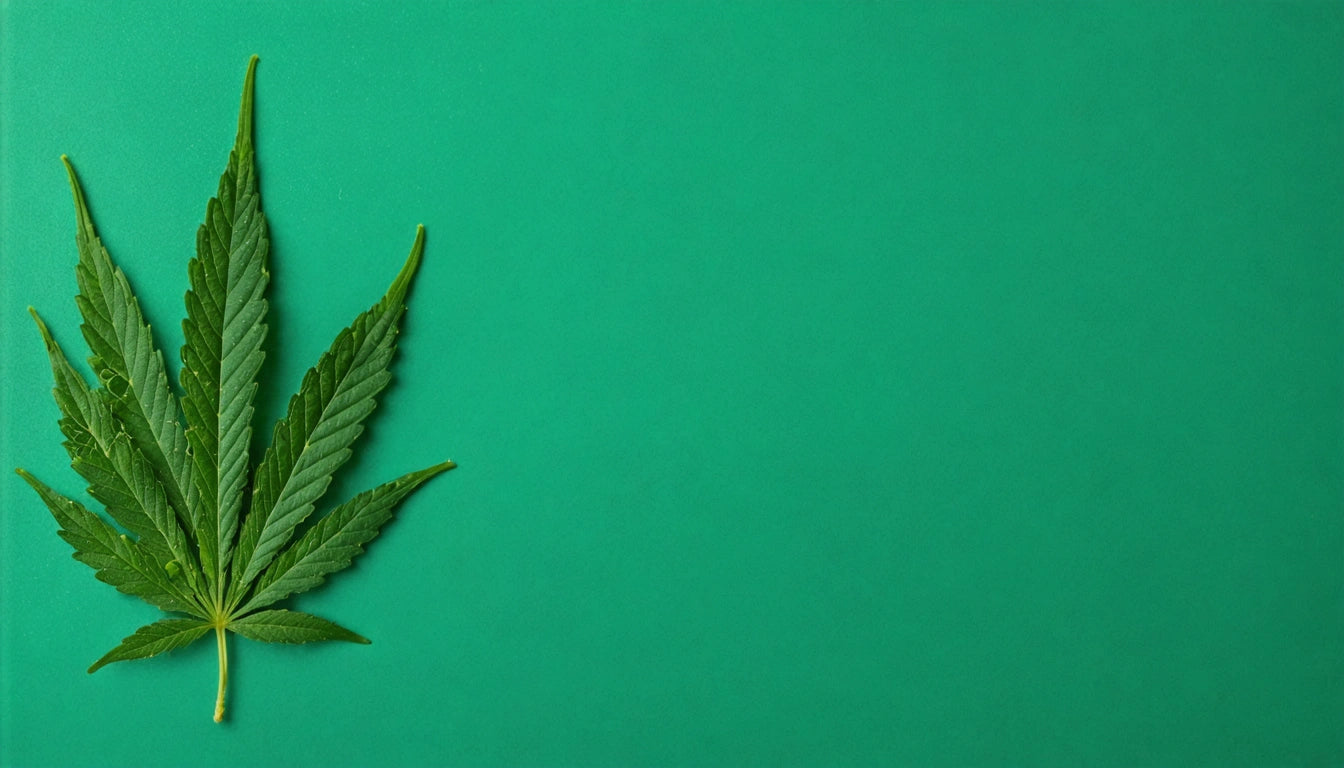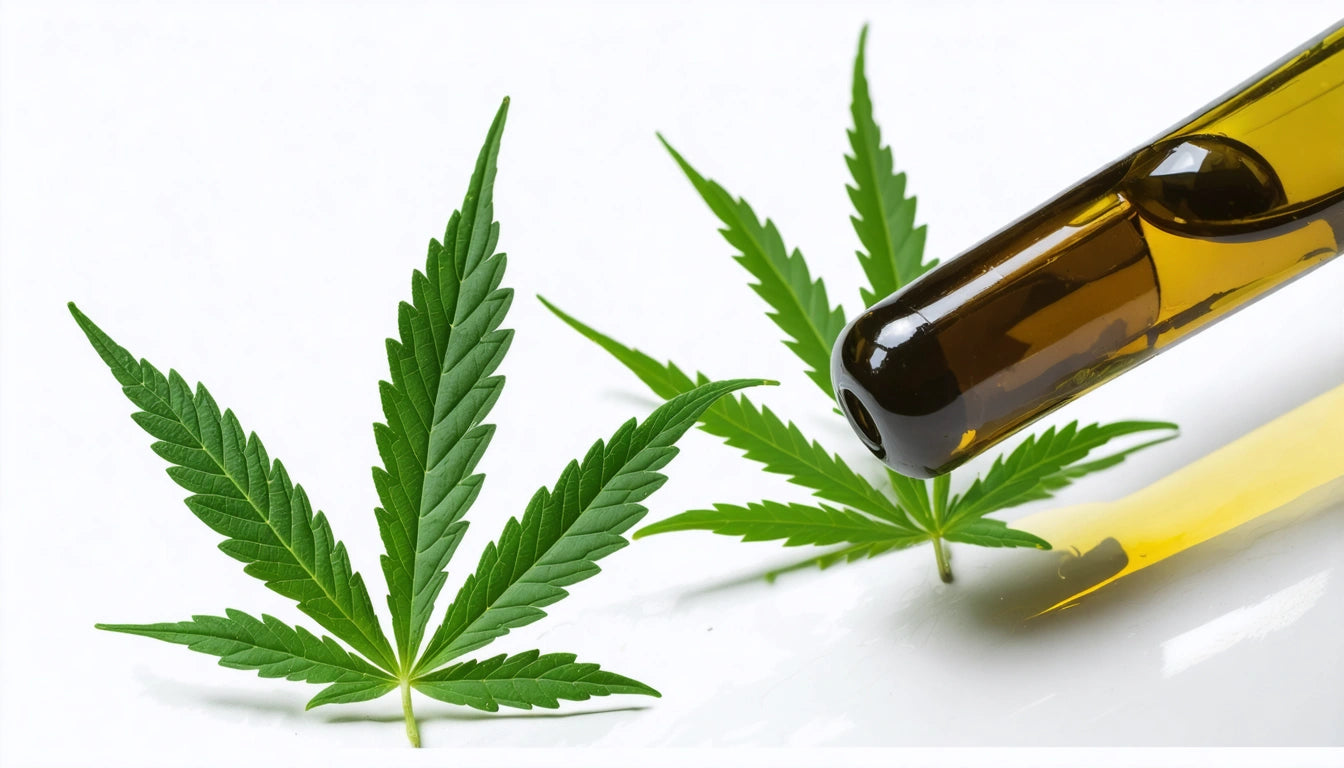Table of Contents
Edibles vs Smoking: Which Is the Better Way to Consume Cannabis?
The debate between edibles vs smoking cannabis continues to evolve as legalization expands and more consumers enter the market. Both methods offer distinct experiences with different onset times, durations, potency levels, and health considerations. Understanding these differences can help consumers make informed decisions about which consumption method best suits their needs and preferences.
Key Differences Between Edibles and Smoking
When comparing edibles vs smoking high experiences, several fundamental differences emerge. Smoking delivers cannabinoids directly to the bloodstream through the lungs, while edibles must pass through the digestive system and liver before entering circulation.
This metabolic distinction creates significantly different experiences:
- Smoking provides almost immediate effects (within minutes)
- Edibles typically take 30-90 minutes to activate
- Smoked cannabis effects generally last 2-3 hours
- Edible effects can persist for 6-8 hours or longer
- Smoking offers easier dose control through titration
- Edibles present greater risk of overconsumption due to delayed onset
These differences make each method suitable for different situations and user preferences. As noted in this comprehensive guide on edibles effects, the method of consumption dramatically changes how cannabis interacts with the body.
Onset Time and Duration of Effects
Smoking: Rapid Onset, Shorter Duration
When cannabis is smoked, THC enters the bloodstream through the lungs almost immediately. Users typically feel effects within 2-10 minutes, with peak effects occurring around 30 minutes after consumption. The experience generally tapers off within 2-3 hours, though residual effects may linger longer.
Edibles: Delayed Onset, Extended Duration
Edibles follow a completely different timeline. The digestive process means effects typically begin 30-90 minutes after consumption, sometimes taking up to two hours to manifest. When THC is processed through the liver, it converts to 11-hydroxy-THC, which produces stronger and longer-lasting effects than smoking. The effects of edibles commonly last 6-8 hours, with some users reporting residual effects for up to 12 hours.
Potency and Dosing Considerations
The edible vs smoking high differs not just in timing but in potency and predictability. When THC passes through the liver during digestion, it converts to 11-hydroxy-THC, which crosses the blood-brain barrier more effectively than standard THC. This makes the experience potentially more intense and longer-lasting.
Dosing recommendations reflect these differences:
- For smoking: Effects can be gauged within minutes, allowing users to stop when desired effects are achieved
- For edibles: Standard beginner doses start at 2.5-5mg THC, with experienced users consuming 10-50mg or more
- Overconsumption risk is higher with edibles due to delayed onset and stronger effects
According to research on edibles potency, individual factors like metabolism, body weight, and tolerance significantly impact how edibles affect different people, making standardized dosing recommendations challenging.
Health Impacts and Safety Concerns
When evaluating what's better, edibles or smoking, health considerations play a crucial role in the decision-making process.
Respiratory Concerns with Smoking
Smoking cannabis involves combustion, which produces tar and carcinogens similar to tobacco smoke, though typically in smaller quantities and with different usage patterns. Studies comparing weed and tobacco smoking indicate cannabis smoke can irritate the respiratory system and potentially contribute to bronchitis and other respiratory issues with long-term use.
Digestive and Metabolic Considerations with Edibles
Edibles avoid respiratory risks but introduce different concerns. The liver's processing of THC creates stronger effects that can overwhelm inexperienced users. Additionally, the delayed onset increases the risk of overconsumption when users take additional doses too soon.
Safety packaging has become increasingly important with edibles, particularly in households with children. Regulatory standards for child-resistant packaging help prevent accidental ingestion by making cannabis products difficult for children to access while remaining accessible to adults.
The unpredictability of edibles can also pose challenges for those with certain health conditions or who take medications that might interact with cannabis. This variability makes proper education and cautious dosing essential.
Choosing the Right Consumption Method for Your Needs
When deciding between edibles vs smoking cannabis, consider these factors:
- Desired timeline: Need immediate relief or prefer longer-lasting effects?
- Experience level: Beginners may find smoking easier to control
- Health priorities: Respiratory concerns vs digestive considerations
- Discretion needs: Edibles offer more subtlety in public settings
- Precision dosing: Medical users may need consistent, measurable dosing
Many consumers ultimately incorporate both methods into their routine, using smoking for acute symptom relief and edibles for sustained effects. As noted in this overview of cannabis consumption trends, hybrid approaches often provide the most personalized and effective experience.
The cannabis industry continues to innovate with new consumption methods like nanoemulsions that aim to combine the rapid onset of inhalation with the convenience and lung-friendly nature of edibles. These advancements may eventually render the traditional edibles vs smoking debate less relevant as technology creates options that offer the benefits of both while minimizing drawbacks.











Leave a comment
All comments are moderated before being published.
This site is protected by hCaptcha and the hCaptcha Privacy Policy and Terms of Service apply.